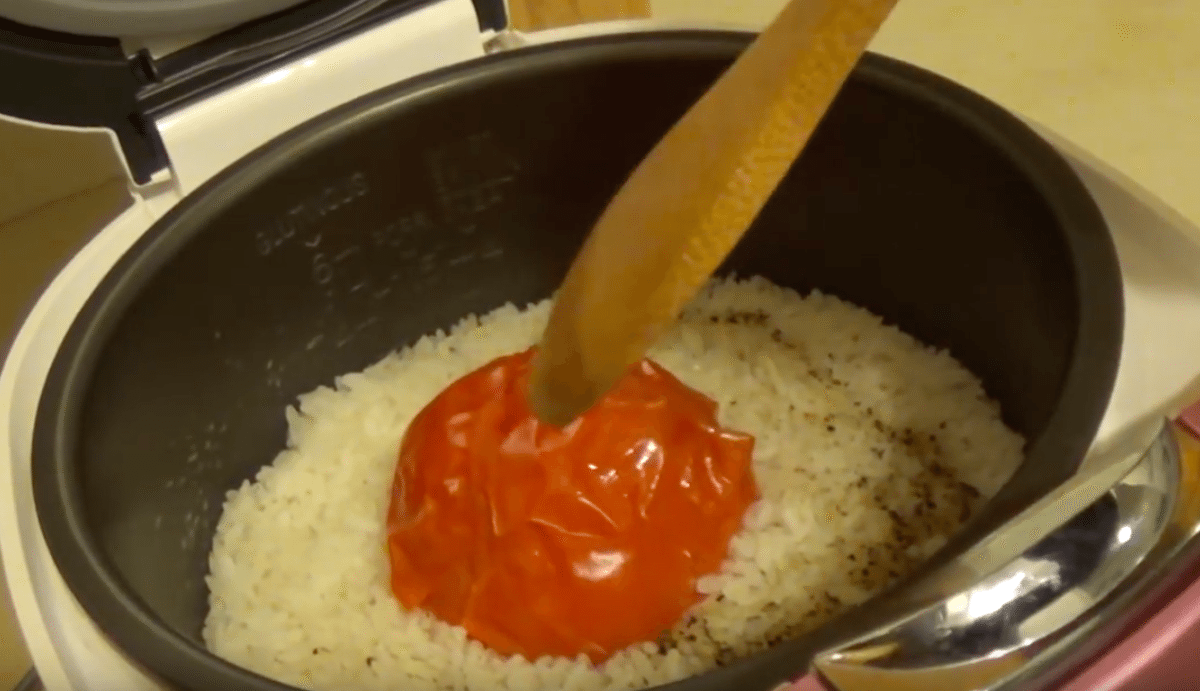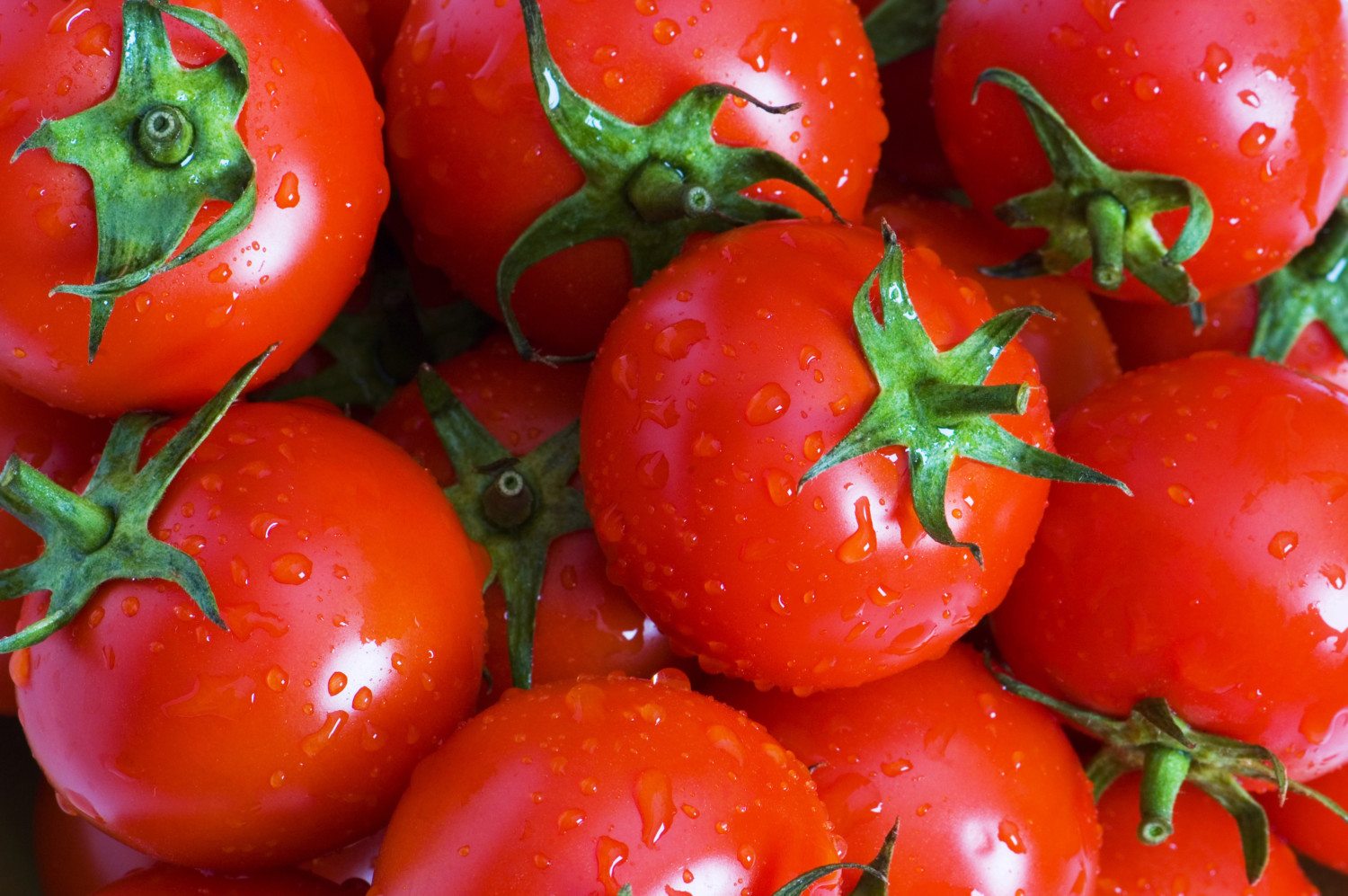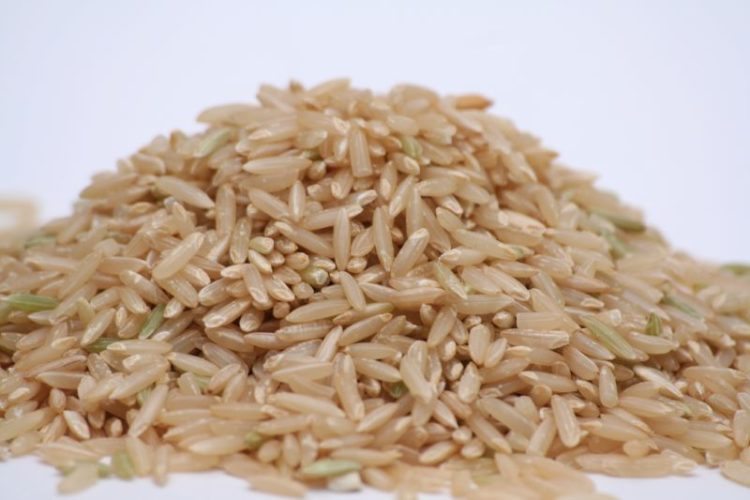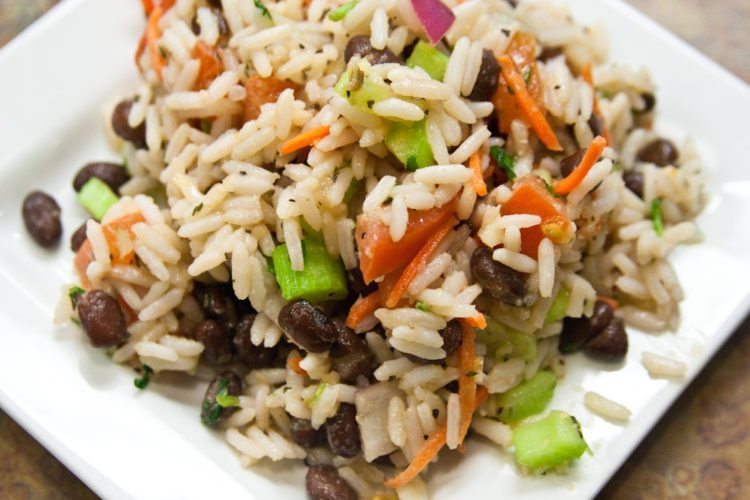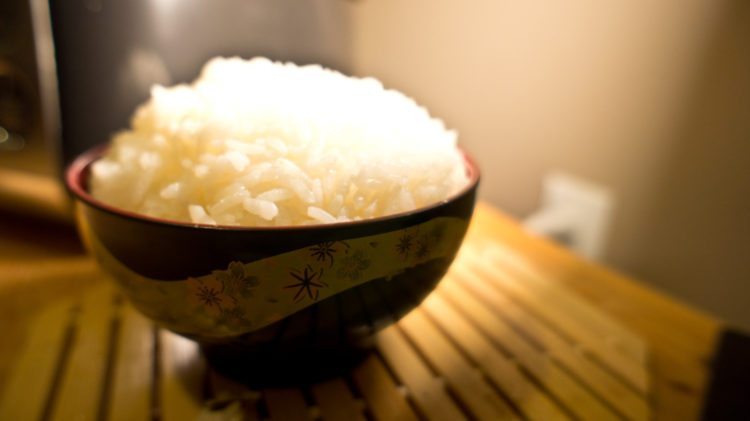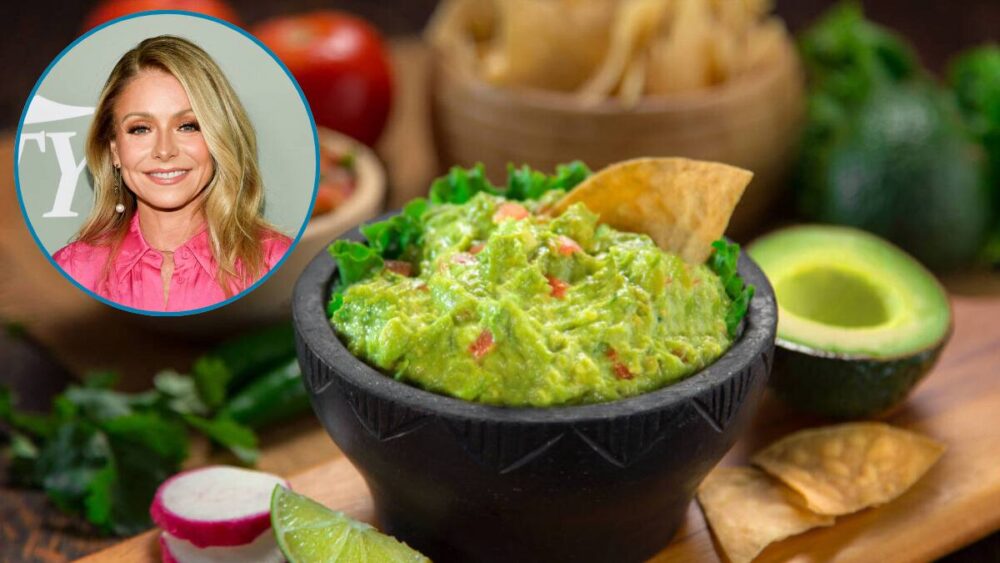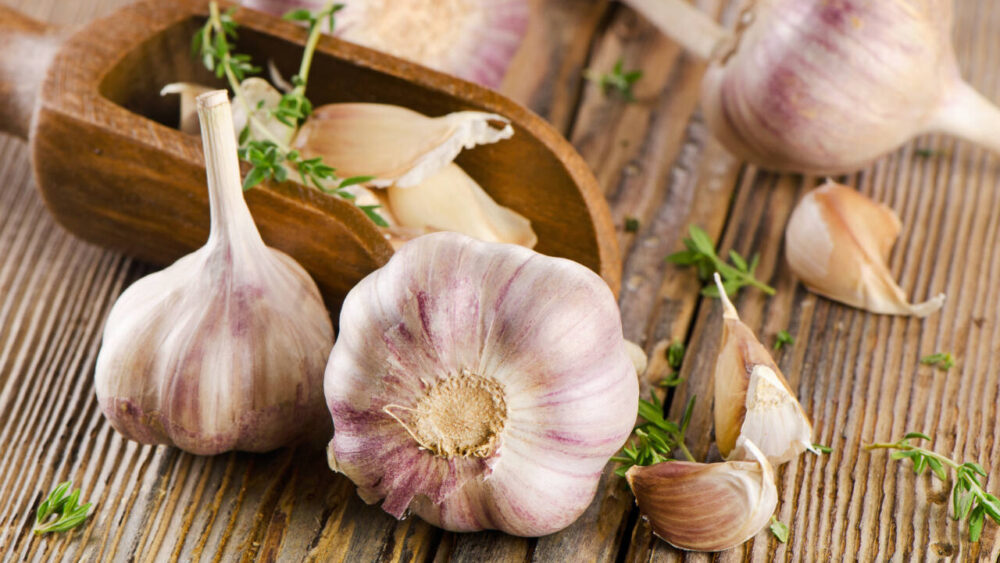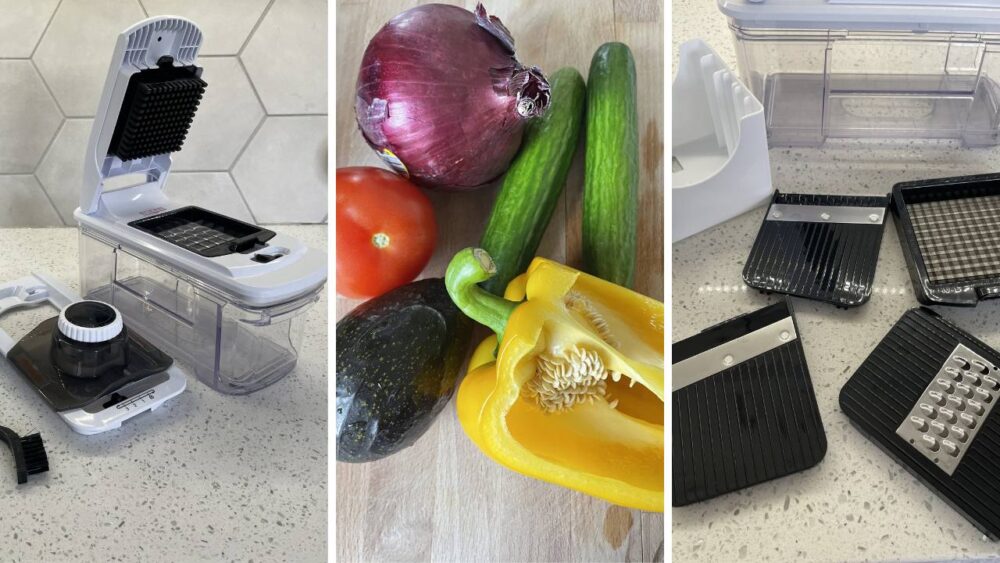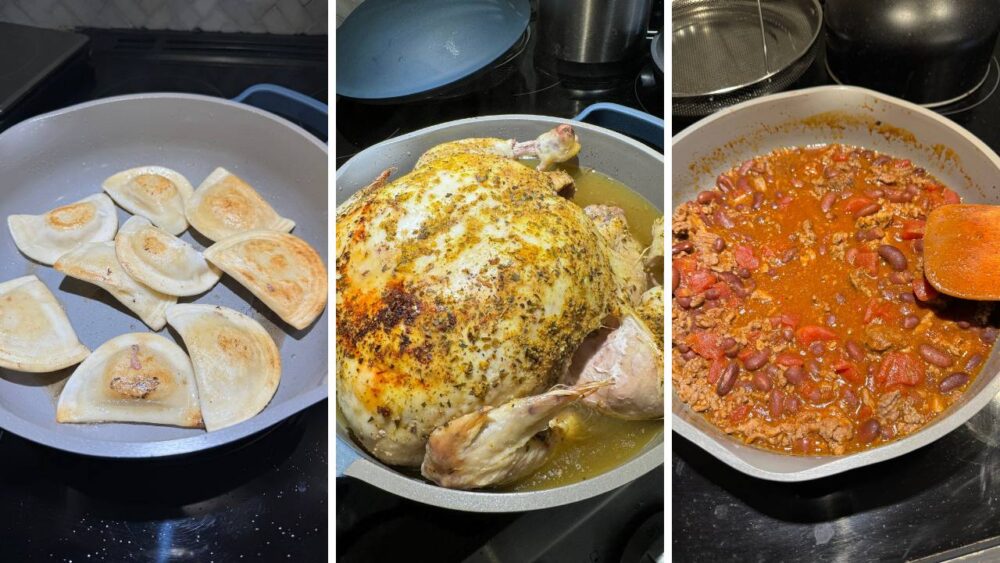Why You Should Put A Whole Tomato In Your Rice Cooker
Rice is such a perfect food. It’s inexpensive, it’s allergy-friendly, it’s delicious, it’s low-calorie, and it can be prepared in basically a million different ways. Sweet, spicy, savory, cheesy, fried—there’s nothing rice can’t become!
And, with a rice cooker, your life is even easier. Today’s modern rice cookers even come with timers, so you can set your rice cooker in the a.m. and come to home to a perfect dinner, whether you want to use the rice as a side or as the main event.
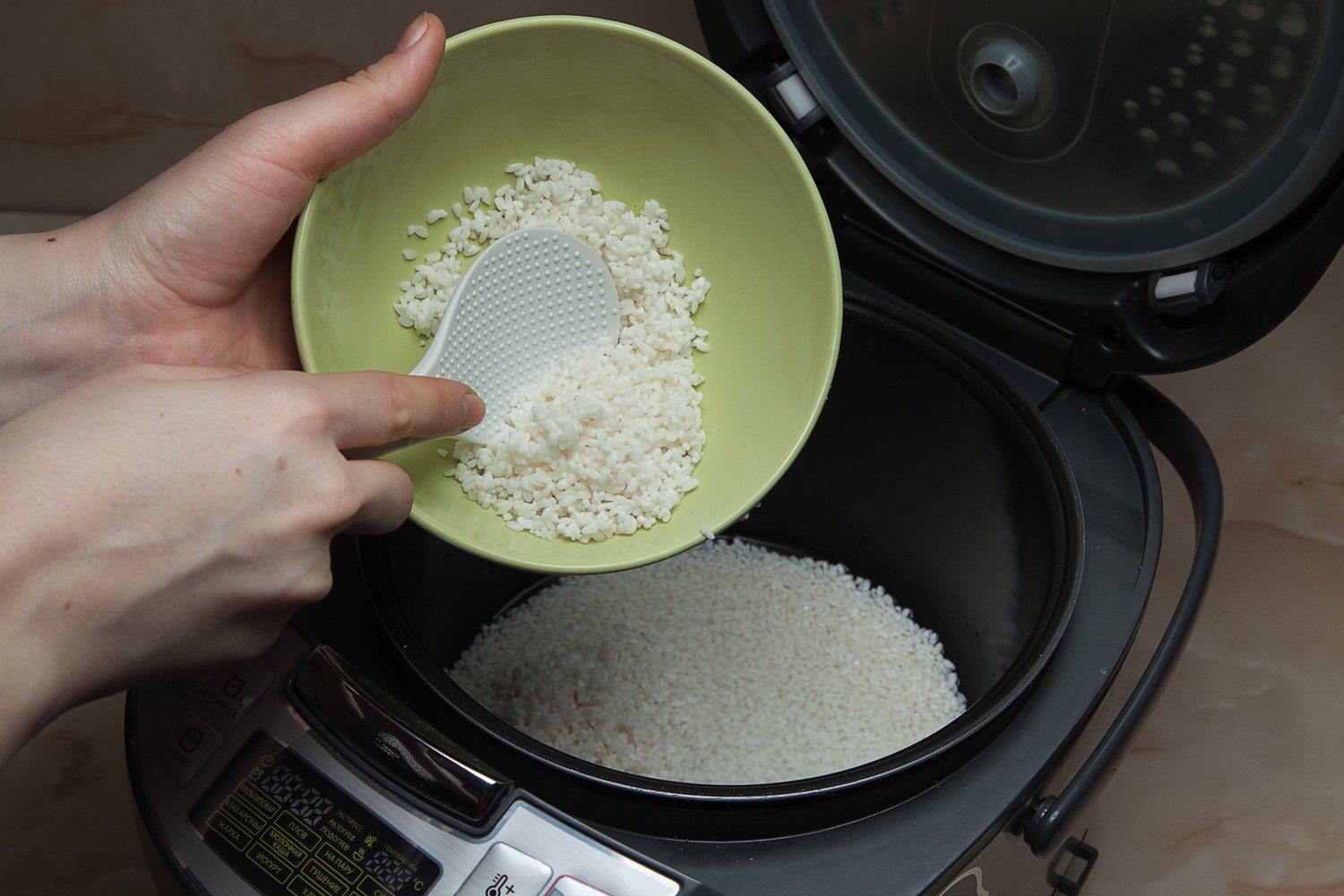
Plain White Rice Can Be Boring
But, let’s face it, plain rice is, well, plain. It’s always possible to add flavor after the rice has cooked, but why not add flavor while the rice is cooking?
There are many different ways to accomplish this. You can cook your rice in chicken broth or veggie broth instead of water. Some people even use coconut milk. Or, stick in a bay leaf or a smashed garlic bulb.
But here’s an ingenious idea you probably haven’t thought of: Put a tomato in with your rice! Yep, just take a whole tomato and plop it right in with your rice and liquid (be it water, broth, milk, etc.)
OK, we know it sounds nuts! But, trust us, this really works.
RELATED: 10 Methods Of Cooking Bacon You May Not Have Tried
Why Cooking Rice With A Tomato Works
As Mike over at Strictly Dumpling explains, the tomato liquefies into a flavorful mess while the rice cooker is in action. When the timer goes off, you simply open the rice cooker and mush up the tomato with a wooden spoon.
It’s such a smart, basic kitchen trick that will work with so many different cuisines. You can add in green onion or corn for Mexican rice, or chopped basil and a little mozzarella for Caprese-style rice. Or simply serve it alongside a roasted chicken with a green salad. So easy, so delicious … and so little clean-up! Yum.
Watch the video below for more info on this crazy-but-true kitchen hack.
What’s The Deal With The Arsenic Levels In Rice?
If you didn’t already know this, there’s arsenic in your rice. If arsenic sounds familiar, it’s because it’s a poison that can be both found in nature and manufactured as a result of human interventions such as pollution. And according to a study done by Consumer Reports, it’s in your rice.
First of all, let’s talk about arsenic. There are two types, organic (in that it occurs naturally within the earth) and inorganic. Inorganic arsenic is the dangerous kind that is associated with a number of health issues, including lung, skin and bladder cancer. Organic arsenic is more likely to be found in foods such as fish and shellfish. Inorganic arsenic is the kind that’s found in rice.
While this may seem frightening, it doesn’t mean you should stop eating rice entirely. You might want to scale back a little bit though, especially if you’re eating it for every meal. At this point you’re probably wondering why rice even has toxic arsenic in it, and the answer is simple: people.
Inorganic arsenic is the result of human activity. Certain types of mining and pesticides result in the production of the inorganic version of the toxin, which can seep into the land and water systems. In fact, your drinking water probably has arsenic in it right now, especially if you live in a rural community out west.
RELATED: How To Open A Wine Bottle Without A Corkscrew
Arsenic gets into your food because it’s absorbed from the earth and water as the plants grow. Some plants absorb more of the toxin than others, and rice seems to absorb the most arsenic of all popular foods. The absorption rate is so concerning that the FDA has set limits on the amount of inorganic arsenic allowed in rice cereals for babies. But when it comes to adults, the FDA makes no recommendation. Instead, they simply advocate eating “a well-balanced diet for good nutrition and to minimize potential adverse consequences from consuming an excess of any one food.”
Unfortunately, although brown rice is the healthier rice choice in that it contains more fiber, vitamins and minerals than white rice, it’s a worse pick when it comes to arsenic levels. The levels are much higher in brown rice because the element accumulates in the bran and husk, which are removed during processing of white rice. According to estimates from the Department of Agriculture, arsenic levels in brown rice are 10 times higher than in polished or white rice.
So should you stop eating brown rice forever and limit yourself to white rice once in a blue moon? Well, that’s probably not necessary. But there are some easy steps to help reduce your arsenic consumption.
Consumer Reports says the best way to minimize your consumption of arsenic is to change up your grain rotation. Instead of sticking just to rice, try other grains such as quinoa, millet, amaranth, buckwheat or farro. All have low levels of arsenic and a number of other health benefits including high levels of protein and fiber.
An easy one (that you should be doing anyway) is rinsing rice before you cook it. Flushing the rice with high volumes of water can help remove some of the arsenic. It will also reduce starches that cling to the outside of the grain and can make your cooked rice gummy and unpleasant.
You can also cook rice with extra water, which will remove some of the arsenic. Cooking the rice in a 6:1 ratio of water to grain (somewhat like cooking pasta) and then draining the excess liquid once the rice is cooked has resulted in the removal of up to 60 percent of arsenic levels in rice.
RELATED: Keep your tomatoes — and other fruits and veggies — fresh for longer by following these helpful tips!


